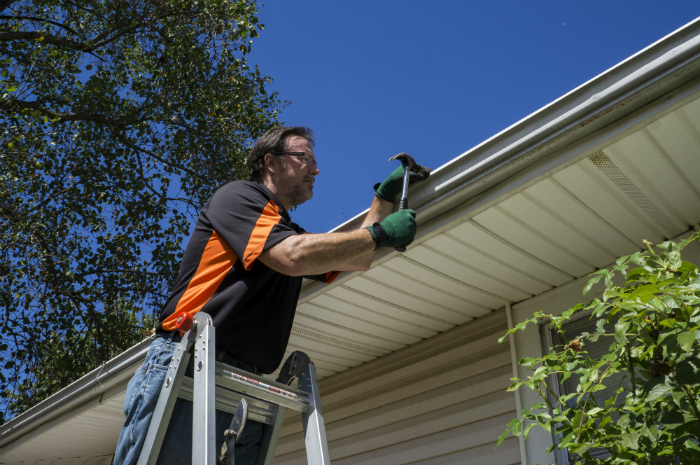In the face of increasingly frequent and severe flooding events, communities worldwide are grappling with the imperative to fortify their defenses and restore resilience against the onslaught of rising waters. From torrential rains to overflowing rivers, the impact of floods can be devastating, wreaking havoc on homes, infrastructure, and livelihoods. In the aftermath, the process of Water restoration emerges as a critical endeavor, offering a path towards recovery and renewal.
Water restoration efforts encompass a multifaceted approach aimed at mitigating flood damage and fostering resilience in vulnerable areas. One fundamental aspect involves proactive measures to minimize the risk of flooding through improved infrastructure and urban planning. Constructing flood barriers, upgrading drainage systems, and implementing green infrastructure solutions such as permeable pavements and rain gardens can help attenuate the impact of floodwaters and reduce the likelihood of extensive damage.
Furthermore, effective water restoration entails swift and comprehensive response efforts in the wake of flooding events. Emergency teams deploy specialized equipment and techniques to extract water, dry out affected structures, and salvage belongings. Timely intervention not only prevents further deterioration but also lays the groundwork for subsequent restoration activities.
Central to the water restoration process is the restoration of damaged properties and ecosystems. Flood-damaged buildings undergo thorough cleaning, drying, and disinfection to mitigate mold growth and structural decay. Skilled restoration professionals employ advanced techniques such as dehumidification and thermal imaging to ensure thorough remediation. Similarly, natural habitats and waterways impacted by flooding require rehabilitation efforts to restore ecological balance and biodiversity.
Moreover, community engagement and education play a pivotal role in water restoration endeavors. Empowering residents with knowledge about flood risks, preparedness measures, and sustainable practices fosters a culture of resilience and collective action. Local initiatives such as floodplain management programs and community-based flood early warning systems empower communities to effectively cope with and adapt to changing flood dynamics.
As climate change intensifies, the imperative for robust water restoration strategies becomes ever more pronounced. Rising global temperatures contribute to the escalation of extreme weather events, including floods, posing unprecedented challenges to vulnerable regions. Investing in resilient infrastructure, leveraging nature-based solutions, and promoting adaptive governance are essential components of a holistic approach to water restoration in the face of climate uncertainty.
In conclusion, rising waters necessitate a concerted effort to mitigate flood damage and restore resilience in communities worldwide. Water restoration emerges as a crucial endeavor, encompassing proactive measures, emergency response efforts, property rehabilitation, ecological restoration, and community empowerment. By embracing comprehensive strategies and collaborative partnerships, societies can navigate the challenges of rising waters and emerge stronger, more resilient, and better prepared for the uncertainties of the future.


















+ There are no comments
Add yours